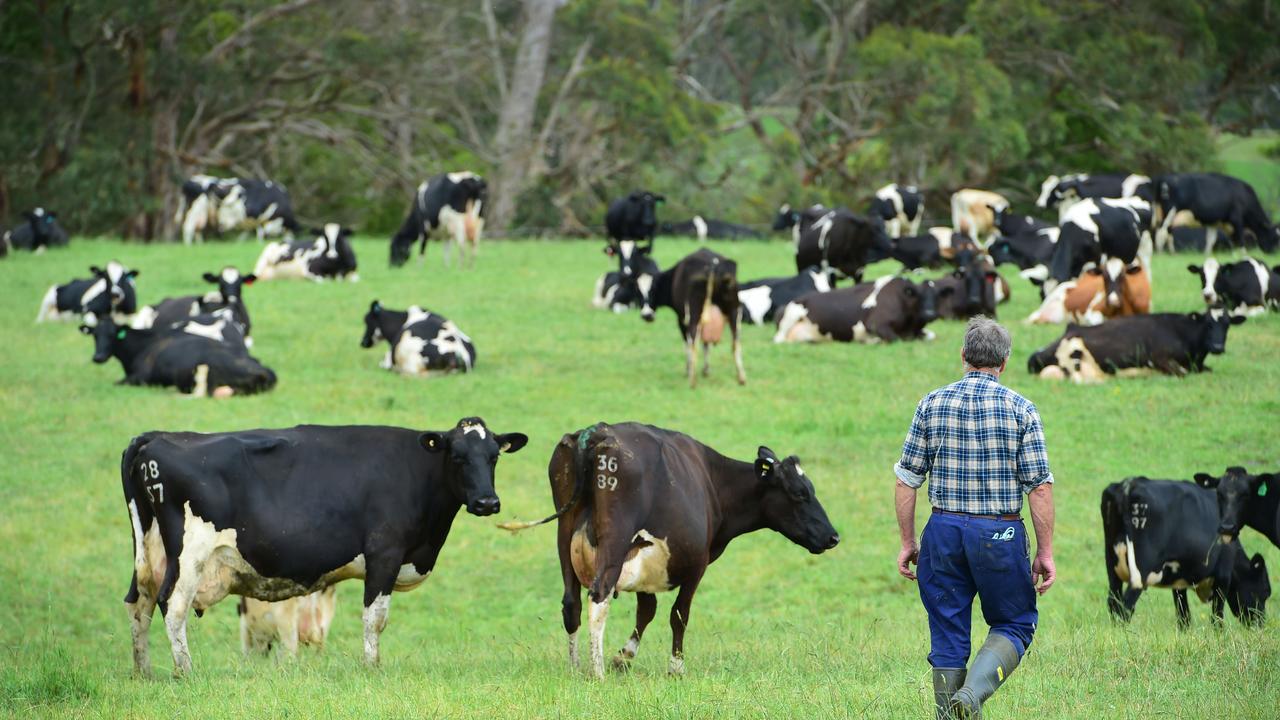NSW Murray general security licence holders the biggest victims
A drier Menindee is putting an unfair burden on southern NSW irrigators, argues the NSW Irrigators’ Council.

NSW Murray general security licence holders are right to be angry. They are bearing the burden of water reform’s perverse impacts. It’s not fair, and it’s not consistent with National Water Initiative principles.
Multiple policy and other drivers are eroding reliability over and above the warming, drying climate trend. Drivers include increased reserves and urban take such as supplying Broken Hill from the Murray, and the shift in volume and timing of demand downstream with greater losses and less water for allocation.
The impacts are cumulative, and all ultimately draw down the NSW Murray general security pool.
Climate change adds to the pressure. Northern river inflows, like those in the south, have almost halved since 2000. It means Menindee fills less often than in the much wetter 40 years pre-2000, when it contributed an average 39 per cent to South Australia’s 1850GL and left more water in Hume for NSW and Victorian irrigators. For northern irrigators, it means more dry “bust” years and fewer “boom” years.
Northern NSW Basin private irrigation storage capacity is about 1450GL and multipurpose. The storages hold water pumped under general security, river access and supplementary licences. They also hold rainfall run-off required under EPA law to be kept on property, and, when it floods, water captured from overland flows.
Licensed take in the north has always been metered and measured. From 1 July 2021, floodplain harvesting and rainfall run-off come under the same framework, statewide. Aggregate take in northern NSW valleys will be limited to the 1993-94 cap.
The drying trend makes connectivity for environmental, cultural and town supply a high priority. Triggers now protect first flush flows, and Barwon-Darling water users now also have daily extraction limits to further boost connectivity into Menindee.
But the hard reality is, Menindee will be less reliable. Northern rivers are small and don’t have big public headwater storages to keep them running. Further, the CEWH cannot legally “lend” water from the north any more than it can in the south. If it could, NSW Murray general security holders could have borrowed from the CEWH’s southern 783GL allocation in 2019-20. CEWH’s northern allocations were virtually zero, no different to the irrigators.
Tilting at windmills on floodplain harvesting and playing the blame game only lets politicians off the hook. If Menindee will be offline more often and unable to support the Murray shared resource, it is untenable that one group bears the shortfall alone.
Basin Ministers must face facts and act, starting with breaking open the blackbox of drivers eroding general security reliability. It is the only way to give NSW Murray irrigators back their future.
The NSW Irrigators’ Council is the peak body representing more than 12,000 irrigators across NSW.
MORE
HOLDING THE DARLING TO ACCOUNT


